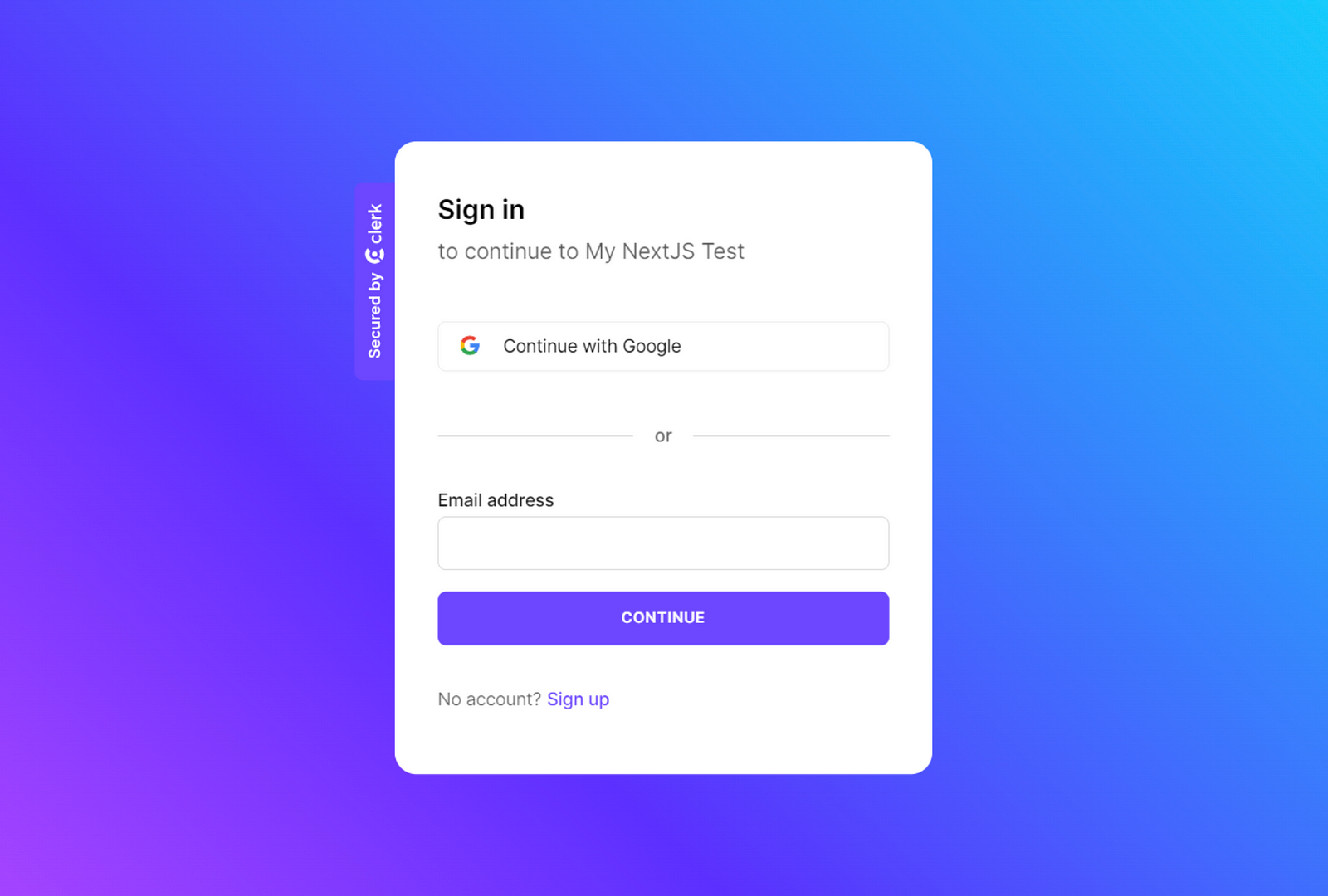
In today's rapidly evolving technological landscape, full-stack application development has become a valuable skill set for developers. Building both the front and back end of an application provides numerous advantages, including improved efficiency, seamless integration, and enhanced customization. This article will explore how to build a full-stack application using the popular JavaScript frameworks Node.js and React. We will delve into the fundamentals of full-stack development, provide an overview of Node.js and React, guide you through the setup of a development environment, and discuss the step-by-step process of building and connecting the backend and frontend components. Additionally, we will cover testing and debugging techniques and deployment strategies to help you take your full-stack application from development to production. Let's embark on this journey to master the art of building robust and efficient full-stack applications with Node.js and React.
1) Introduction to Full-Stack Application Development
1.1 Understanding Full-Stack Development
Full-stack development is like being a wizard with a wand and a cauldron. It refers to building an application encompassing both the frontend and backend components. In simpler terms, it's about handling everything from how the website looks and feels to how it stores and retrieves data.
1.2 Benefits of Building Full-Stack Applications
Building a full-stack application gives you the power to create a seamless user experience by controlling both ends of the equation. You can handle data flow, optimize performance, and ensure smooth communication between the front and back. Plus, being skilled in front and backend development opens up opportunities and makes you a valuable asset in the industry.
2) Overview of Node.js and React
2.1 Introduction to Node.js
Node.js is like the cool kid on the block who can handle all your backend needs. It's an open-source JavaScript runtime that allows developers to build scalable, server-side applications. With Node.js, you can write backend code in JavaScript, which makes it easier to maintain and share code between the Frontend and backend.
2.2 Introduction to React
React, on the other hand, is the rockstar of frontend development. It's a popular JavaScript library for building user interfaces. With React, you can create reusable UI components that update efficiently and provide a smooth user experience. It's all about building interactive and dynamic web applications like a boss.
2.3 Key Features and Advantages of Node.js and React
Node.js brings many benefits to the table, including its asynchronous nature, which allows it to handle multiple requests simultaneously without blocking other operations. It also has a vast library and package ecosystem that makes development a breeze.
Conversely, React brings building user interfaces joyfully with its component-based architecture and virtual DOM. It also encourages code reusability, making it easier to maintain and refactor your codebase. Plus, with its large community and thriving ecosystem, you'll always find support and resources to level up your React game.
3) Setting up the Development Environment
3.1 Installing Node.js
Time to get cracking! Installing Node.js is as simple as slapping peanut butter on bread. Just head over to the official Node.js website, download the installer for your operating system, and follow the wizard. Before you know it, you'll have Node.js up and running on your machine.
3.2 Creating a New React Project
To create a new React project, you'll need to wield the power of the command line. Open up your terminal, navigate to the desired directory, and run a simple command like "npx create-react-app my-app". This command will create a new React project with all the necessary files and dependencies.
3.3 Installing and Configuring Additional Tools
Building a full-stack application means you'll need more than just Node.js and React. You'll want to install and configure additional tools like Express.js, a popular backend framework, and a database of your choice, whether it's MongoDB, PostgreSQL, or others. These tools will help you build the backend and store your precious data.
4) Building the Backend with Node.js
4.1 Designing the Backend Architecture
Before diving into the code, having a clear plan is essential. Design the architecture of your backend, including defining the routes, structuring the database schemas, and identifying the necessary controllers. This step will ensure a smoother development process and save you from headaches.
4.2 Setting up Express.js as the Backend Framework
Express.js is like the Batman to your Node.js Robin. It's a minimalist web application framework that helps you build robust APIs and handle requests and responses effortlessly. Installing Express.js is a piece of cake using npm, and once it's set up, you'll have a solid foundation for your backend.
4.3 Building Routes and Controllers
Now comes the fun part—building the routes and controllers. Routes define the endpoints and methods for handling requests, while controllers handle the logic behind each route. With Express.js, you can create routes and controllers that fetch data, process requests, and send responses like a pro.
4.4 Integrating Databases and ORM
To store and retrieve data, you'll need to integrate a database. Whether you choose SQL or NoSQL, you'll want to install the necessary packages, establish a connection, and create models or schemas to interact with the database. Using Object-Relational Mapping (ORM) libraries like Sequelize or Mongoose can make working with databases even more efficient.
And there you have it! With Node.js and React, a well-designed architecture, and a sprinkle of backend magic, you're on your way to building a full-stack application like a boss. So roll up your sleeves, get coding, and enjoy the journey of becoming a full-stack wizard!
5) Implementing the front end with React.
5.1 Designing the Frontend Architecture
When designing the front-end architecture for your full-stack application, starting with a clear plan is essential. Consider the different components and pages your application will have and how they will interact with each other. This will help you create a solid foundation for your React front end.
5.2 Creating React Components
In React, components are the building blocks of your user interface. They encapsulate the logic and structure of a specific part of your application. When creating React components, breaking down your UI into smaller, reusable pieces is essential. This not only makes your code more modular but also allows for easier maintenance and updates in the future.
5.3 Managing State and Props
In React, state and props are crucial for managing data and passing information between components. The state represents the internal data of a component, while props are used to pass data from a parent component to its children. You can create dynamic and interactive user interfaces by understanding how to manage state and props effectively.
5.4 Styling the User Interface with CSS
CSS plays a vital role in styling React components and creating an appealing user interface. Several approaches to styling in React include inline styles, CSS modules, and popular libraries like styled components. Regardless of your chosen method, maintain consistency and enforce a cohesive visual theme throughout your application.
6) Connecting the Backend and Frontend
6.1 Making API Requests from the Frontend
You need to make API requests to connect your Frontend React application with the backend. This allows your front end to interact with the data and functionality the back end provides. Use libraries like Axios or the built-in Fetch API to send HTTP requests to your backend endpoints and retrieve the necessary data.
6.2 Handling API Responses on the Backend
When your front end sends a request to the backend, handling the API responses is essential. This involves validating and processing the data received from the front end and returning appropriate responses. You can ensure smooth communication between your front and back end by implementing robust error handling and response formatting.
6.3 Implementing Authentication and Authorization
Security is a critical aspect of any full-stack application. Implementing authentication and authorization ensures that only authorized users can access specific parts of your application. Whether you use traditional session-based authentication or more modern token-based authentication using JSON Web Tokens (JWT), protecting your users' data and securing your application is crucial.
7) Testing and Debugging the Application
7.1 Writing Unit Tests for Backend Components
Testing is an essential part of building a reliable and bug-free application. Writing unit tests validating the expected behaviour of individual functions or modules for your backend components is crucial. Tools like Mocha or Jest provide comprehensive testing frameworks for Node.js applications, making it easier to catch and fix issues early on.
7.2 Testing React Components with Jest and Enzyme
React components also require testing, mainly because they handle user interactions and UI rendering. Jest and Enzyme are popular testing libraries for React applications, allowing you to write tests that simulate user interactions and assert the expected output. By testing your React components, you can ensure they function correctly and provide a seamless user experience.
7.3 Debugging Techniques and Best Practices
Even with careful planning and testing, bugs can still occur. Knowing how to debug your full-stack application effectively is crucial for identifying and fixing issues. Utilize browser developer tools, logging statements, and error-tracking services to pinpoint the source of the problem. Additionally, adopting best practices like code review and error monitoring can help prevent bugs and improve the overall quality of your application.
8) Deploying the Full-Stack Application
8.1 Preparing the Application for Deployment
Before deploying your full-stack application, optimizing and preparing it for production is essential. This includes tasks like minifying and bundling your frontend assets, configuring environment variables, and removing any development-specific code or dependencies. You can ensure a smoother deployment process by making your application lean and efficient.
8.2 Choosing the Deployment Platform
Choosing the right deployment platform depends on various factors, including scalability, cost, and ease of use. Popular options for deploying Node.js and React applications include cloud platforms like AWS, Azure, and Google Cloud and specialized hosting services like Heroku, Netlify, or Vercel. When selecting a platform, evaluate your specific needs and consider factors like server management, scalability, and deployment workflows.
Building a full-stack application using Node.js and React opens up a world of possibilities for developers. With the ability to handle both the frontend and backend aspects of an application, you gain greater control over the entire development process. Following the steps outlined in this article will equip you with the knowledge and skills to create robust and scalable full-stack applications. Whether you are a beginner or an experienced developer, mastering full-stack development with Node.js and React will undoubtedly enhance your capabilities and propel your career to new heights. So, start exploring, experimenting, and building your full-stack applications today!
FAQ
1) What are the advantages of building a full-stack application?
Building a full-stack application offers several advantages:
- Efficiency: With complete control over both the Frontend and backend, developers can streamline the development process and optimize performance.
- Seamless Integration: By building both components, you can ensure smooth communication and data flow between the Frontend and backend, resulting in a more cohesive application.
- Customization: Full-stack development allows for greater flexibility and customization, enabling developers to meet specific requirements and deliver unique user experiences.
2) Do I need prior experience with Node.js and React to build a full-stack application?
While prior experience with Node.js and React is beneficial, it is not mandatory. This article provides an overview of Node.js and React, making it accessible for beginners and experienced developers. However, having a basic understanding of JavaScript and web development concepts will help grasp the concepts and techniques discussed.
3) How can I deploy the full-stack application once it is built?
There are several options for deploying a full-stack application. You can choose a cloud platform like Heroku, AWS, or Azure, which provides services and tools for hosting and deploying applications. Additionally, you can configure your server using platforms like DigitalOcean or Linode. The article will guide you in preparing your application for deployment and offer insights into selecting the appropriate deployment platform.
4) Are there any recommended resources for further learning?
Absolutely! Here are a few resources to further enhance your understanding of full-stack application development with Node.js and React:
- Node.js and React official websites provide online tutorials and documentation.
- Books such as "Pro Full-Stack Development" by Eric Bush and "Learning React: Modern Patterns for Developing React Apps" by Alex Banks and Eve Porcello.
- Online learning platforms like Udemy, Coursera, and Codecademy offer comprehensive Node.js and React development courses.
- Engaging in developer communities and forums, such as Stack Overflow and Reddit, can provide valuable insights and allow you to connect with fellow developers.

